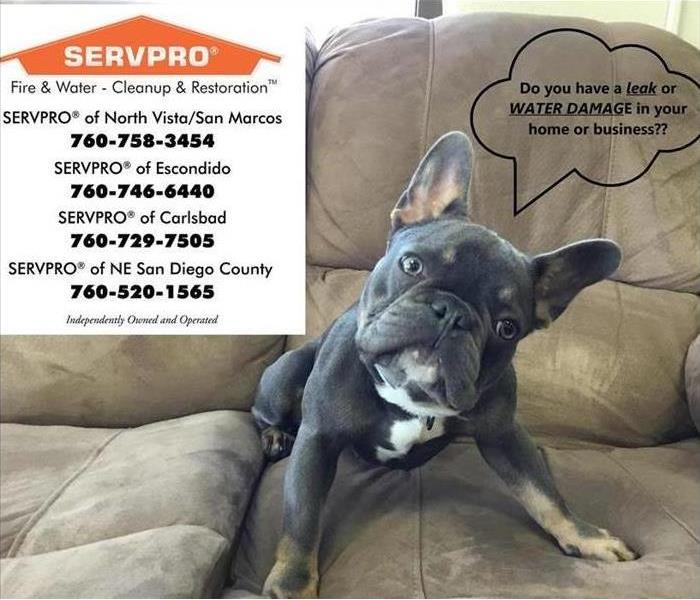Emergency Kits
9/19/2022 (Permalink)
Some groups require additional supplies in an emergency. When packing your emergency kit, consider these groups:
Children
Children may not understand the seriousness of a natural disaster, but they need to react nonetheless. Practice evacuation and sheltering plans with children so they respond instinctively when a disaster hits. Kids should know where to find the safe room at home and know emergency contact numbers in case a storm occurs while the family is separated.
Disasters can be traumatic for children, so include comfort items and small activities in your emergency kit. Don’t forget diapers, formula, and other essentials for babies.
Older Adults
Disasters are more dangerous for the elderly. Just consider this statistic: New Orleans residents over the age of 60 accounted for 75 percent of the bodies found immediately after Hurricane Katrina, despite accounting for only 15 percent of the population. Because they tend to be less mobile and more isolated than younger people, seniors have a harder time evacuating when a natural disaster happens.
Older adults should coordinate their emergency plan with local relatives or neighbors, especially if they don’t drive. It’s important that seniors have a support network who can keep them informed during a natural disaster, and assist during evacuation or sheltering in place.
Seniors, as well as others with chronic health conditions, must pay special care when assembling their emergency kit. A natural disaster may prevent access to regular healthcare providers. For that reason, it’s important to include medical information like medications and dosages, medical records, insurance documents, and important healthcare and support system contacts.
Pets
No one wants to leave pets behind in a disaster, but if you’re not prepared, you may have no choice. Pet owners should use both collars with tags and microchips to ID pets, identify pet-friendly places to shelter, and name a backup caretaker who can step in if a disaster strikes while you’re away from home.
Include food, medications, leashes, collars with ID tags, veterinary records, and a portable pet carrier in your emergency kit so you can care for pets during a disaster.
There are many programs and resources to help in a natural disaster. But resources take time to become available, and when a disaster happens, you need to be able to respond immediately. Have a plan so your family can react quickly when a natural disaster happens. It could save your life.
Article by- Bradley Davis





 24/7 Emergency Service
24/7 Emergency Service
